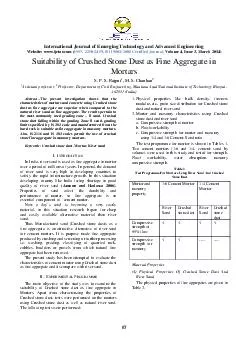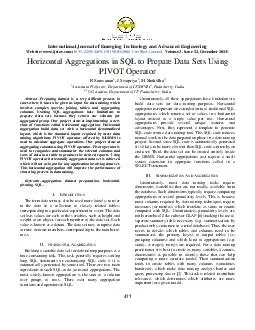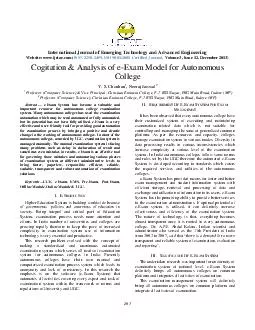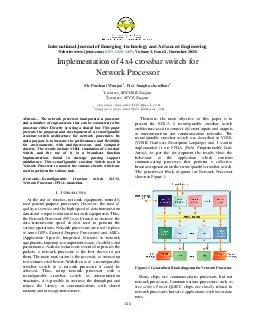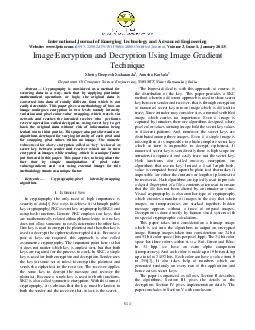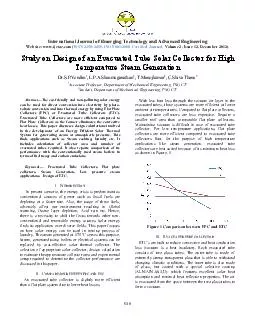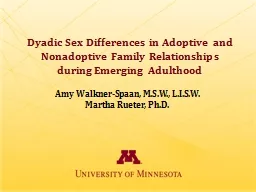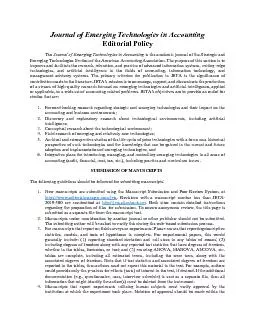PDF-International Journal of Emerging Technology and Advan
Author : stefany-barnette | Published Date : 2015-05-23
ijetaecom ISSN 2250 2459 ISO 90012008 Certified Journal Volume Issue March 2014 87 Suitability of Crushed Stone Dust as Fine Aggregate in Mortars S P S Rajput M
Presentation Embed Code
Download Presentation
Download Presentation The PPT/PDF document "International Journal of Emerging Techno..." is the property of its rightful owner. Permission is granted to download and print the materials on this website for personal, non-commercial use only, and to display it on your personal computer provided you do not modify the materials and that you retain all copyright notices contained in the materials. By downloading content from our website, you accept the terms of this agreement.
International Journal of Emerging Technology and Advan: Transcript
Download Rules Of Document
"International Journal of Emerging Technology and Advan"The content belongs to its owner. You may download and print it for personal use, without modification, and keep all copyright notices. By downloading, you agree to these terms.
Related Documents

